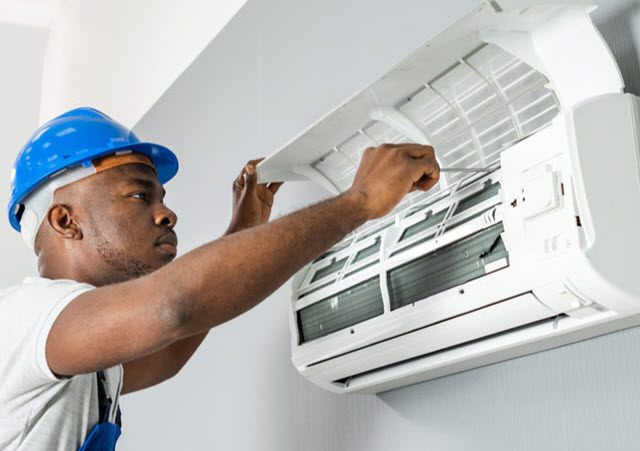Understanding Different Types of Aircon Gas for Top-Ups

When it comes to maintaining your air conditioning system, understanding the different types of aircon gas used for top-ups is essential. This knowledge ensures optimal performance, energy efficiency, and longevity of your unit. Let’s explore the various types of aircon gases commonly used, their benefits, and when to consider an aircon gas top-up.
1. R22 (Chlorodifluoromethane)
Overview: R22, also known as Freon, has been a popular choice for many years due to its efficiency in cooling. However, it’s being phased out due to its environmental impact.
Advantages:
- Efficient cooling performance.
- Widely used in older air conditioning systems.
Disadvantages:
- Environmentally harmful, contributing to ozone depletion.
- Becoming increasingly expensive and harder to source.
When to Use: If your aircon unit is older and still uses R22, you might need a top-up. However, consider transitioning to a more eco-friendly option.

2. R410A (Puron)
Overview: R410A is a more environmentally friendly alternative to R22. It is commonly used in newer air conditioning systems.
Advantages:
- High efficiency and better performance.
- Does not contribute to ozone depletion.
Disadvantages:
- Requires newer systems designed to handle higher pressures.
- Slightly more expensive than R22.
When to Use: If you have a modern air conditioning system, R410A is likely the gas you’ll need for top-ups.
3. R32 (Difluoromethane)
Overview: R32 is gaining popularity as an even more environmentally friendly and efficient refrigerant.
Advantages:
- Higher energy efficiency compared to R410A.
- Lower Global Warming Potential (GWP).
Disadvantages:
- Mildly flammable, requiring careful handling.
- Not compatible with all air conditioning systems.
When to Use: Ideal for newer systems designed to be compatible with R32, providing enhanced efficiency and eco-friendliness.
4. R134A (Tetrafluoroethane)
Overview: R134A is often used in small air conditioning units and car air conditioning systems.
Advantages:
- Good performance for smaller systems.
- Non-flammable and safe to use.
Disadvantages:
- Lower efficiency compared to R410A and R32.
- Higher GWP than newer alternatives.
When to Use: Best suited for specific applications such as small units or automotive air conditioning systems.
Signs You Need an Aircon Gas Top-Up
- Reduced Cooling Efficiency: If your aircon isn’t cooling as effectively as it used to, it might be due to low refrigerant levels.
- Longer Cooling Time: An aircon struggling to reach the desired temperature may indicate a gas shortage.
- Hissing or Bubbling Sounds: These noises could suggest a refrigerant leak, necessitating a top-up and possibly a repair.

Choosing the Right Service
To ensure your aircon receives the correct gas top-up, it’s crucial to consult with professionals who understand the specific needs of your system. Regular maintenance and timely top-ups can prevent issues like an aircon water leak.
For reliable aircon servicing in Singapore, consider a reputable provider that offers comprehensive services, including aircon chemical wash and regular top-ups.
Conclusion
Understanding the different types of aircon gas is key to maintaining your air conditioning system’s performance and efficiency. Whether your unit uses R22, R410A, R32, or R134A, knowing when and why to top up can save you from costly repairs and ensure a comfortable indoor environment. Always seek professional advice to choose the best option for your specific aircon model.







